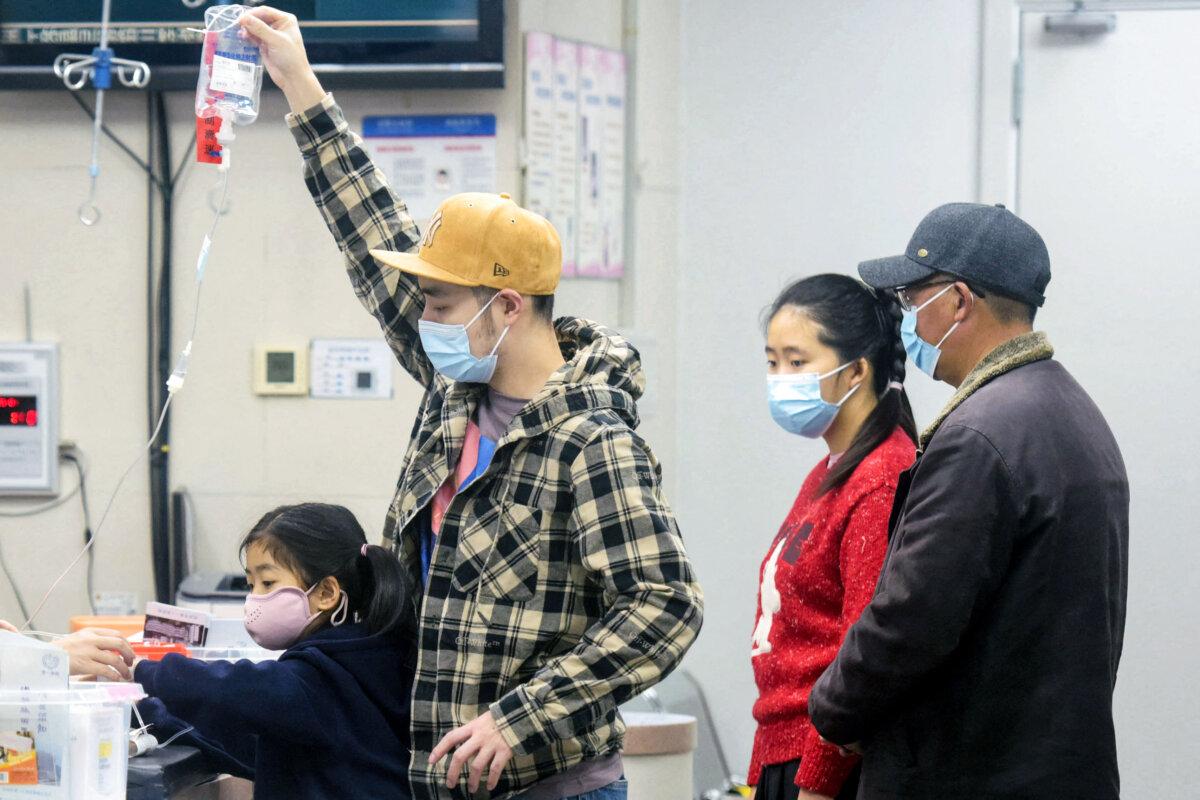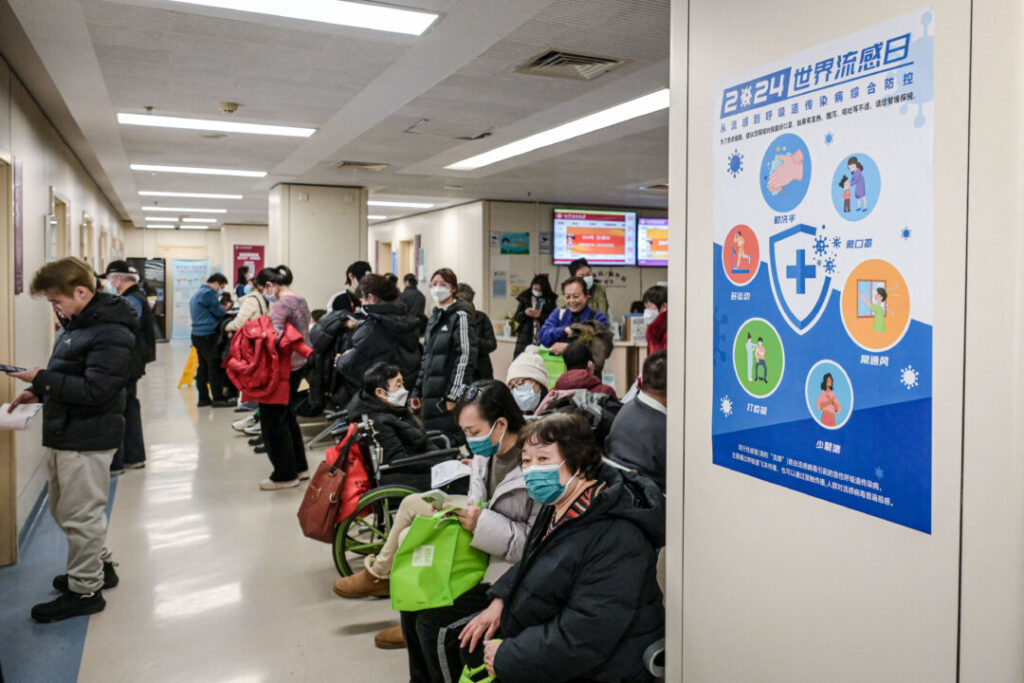US experts at the Chinese CDC said the official report is intentionally ambiguous about whether the influenza virus strains spreading in China are drug resistant.
The China Centers for Disease Control and Prevention (China CDC) released official March data on Covid-19, the flu and other respiratory viruses spreading to China.
Chinese citizens suspect that Chinese Communist Party (CCP) authorities continue to cover up the truth about the Chinese respiratory disease epidemic.
The latest China CDC weekly update on “National Sentinel Surveillance of Acute Respiratory Infections” is the week from March 24th to March 30th, published on April 3rd. The Chinese CDC said it collected respiratory samples from outpatient influenza-like cases and collected cases of illness in hospitals of patients with a patient’s illness in hospital staining. Taiwan.
The test results showed that the main pathogens detected in outpatient respiratory samples were rhinovirus, Covid-19, and human metapnemovirus. The main pathogens that were positively detected in respiratory samples from hospitalized severe acute respiratory infection cases were respiratory syncytial virus, rhinovirus, and human metapnemovirus.
“This is a very vague and simple statistical report,” Sean Lynn, an assistant professor in the Department of Biomedical Sciences at Feitian College and a former US Army microbiologist, told the Epoch Times on April 25th. He said the report “provided no specific cases or samples tested.”
Lin said he believes that human avian influenza has been omitted from the latest reports as the administration has restricted the release of information on avian influenza, particularly H5N1.
In its latest Chinese influenza surveillance weekly report on April 17 covering the period from April 7 to April 13, China CDC said “no influenza-like disease outbreaks have been reported nationwide.”
According to the official report, the main pathogen causing respiratory infections across China is influenza A virus strain subtype A (H1N1) PDM09.
“Since October 1, 2024, drug resistance monitoring has shown that 83 A (H1N1)PDM09 subtype influenza strains have reduced or reduced susceptibility to neuraminidase inhibitors,” the report states.
Lin said this is noteworthy despite the intentional ambiguity of the CCP.
“What is this ‘very reduced sensitivity’ percentage? Can it be interpreted as a “very drug-resistant” virus strain? ” he said. In other words, tamiflu (neuraminidase inhibitor), commonly used in the market to treat influenza virus infections, may be incompletely effective against such virus strains.
“This is extremely important information, but the weekly flu report made it shine.”
Official data that is different from experience
Due to records of the publication of unreliable CCP data, anecdotal accounts by residents, including underreporting COVID-19 infections and related deaths since early 2020, provide useful supplementary information to help you understand the ground situation in totalitarian countries.
The Shanghai-based online writer who didn’t name it due to safety concerns recently spoke to the Epoch Times.
A Shanghai residents also said, “I went to Kunming, southwestern China, and traveled to a village last year. I had diarrhea at the time. The results of the Covid-19 nucleic acid test showed that I had contracted Covid-19.
Common influenza B, influenza A, Covid-19, and norovirus symptoms are very similar, and there are an increasing number of ongoing cases of viral infections in China.
He said the Chinese administration is underestimating the current outbreak.
“The (CCP) will do this to maintain stability in the administration,” he said.
Meanwhile, Chinese residents across the country continue to report an increasing number of sudden deaths and an increase in overcrowded hospitals.

The family (second L) holds IV drip for children to be cared for in the pediatrics department of a hospital in Hangzhou, Z Jiang Province, eastern China on January 6, 2025. AFP/China
Mr. AN, a resident of Shenzhen in southern China, did not give his full name due to safety concerns, but said in recent times:
“I’ve seen people in their 20s or 30s not sick or their symptoms didn’t suddenly collapse. I’ve seen people collapse while walking on the streets.”
Chang, a resident of Nanyan city in northern China’s Henan province, did not give his full name due to safety concerns, but in recent times he said:
“I went to the hospital to visit my relatives who I had been admitted a few days ago. When I arrived at the hospital, the hallway was full of beds, including an area by the elevator door.
Yuan, a resident of Huyan city in East China’s Anhui province, who did not give his full name due to safety concerns, said recently during his Epoch era:
“After cremation, sick people were buried, some of the illnesses were just secretly buried. All burial spaces in the cemetery were sold out.”
Luo Ya and Li Jing contributed to this report.



